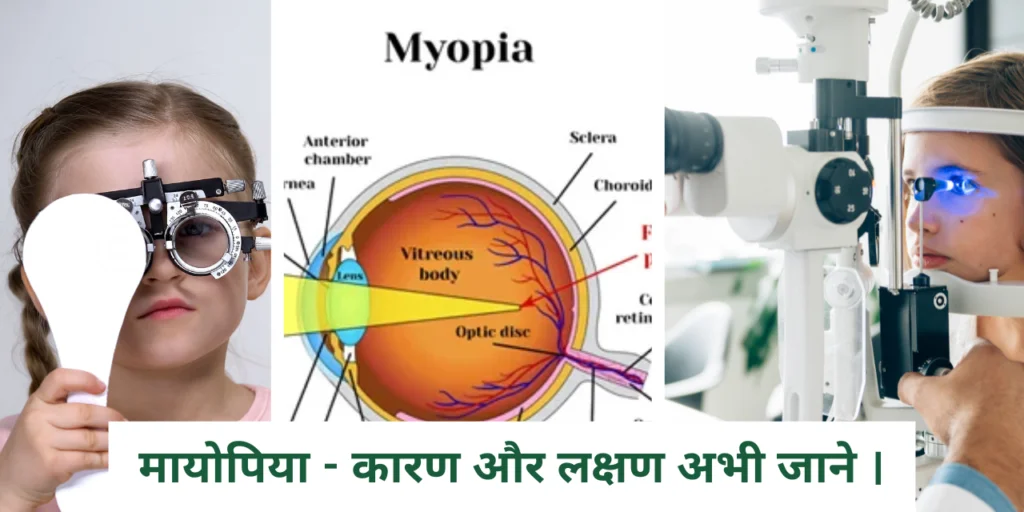Gallbladder removal, also known as cholecystectomy, is a common surgical procedure that has seen a significant transformation in recent decades. The traditional open surgery, which involved a large incision and a prolonged recovery period, has been replaced by a minimally invasive approach known as laparoscopic or keyhole surgery. This shift marks a significant advancement in the field of surgery and has revolutionized the way gallbladders are removed. In this article, we will explore the laparoscopic revolution from the perspective of a surgeon and discuss the benefits of this minimally invasive technique.
Laparoscopic cholecystectomy, or lap chole, is a procedure that allows surgeons to remove the gallbladder through several small incisions rather than a single large one. This transformation in surgical technique has been driven by the introduction of advanced technology and instruments, along with the skilled hands of surgeons who have embraced these innovations.
The benefits of laparoscopic gallbladder removal are numerous, both for patients and surgeons. From a surgeon’s standpoint, the laparoscopic approach offers greater precision, reduced post-operative pain, and faster recovery times for patients. Let’s delve into some of these advantages in more detail:
Minimized Scarring: Laparoscopic surgery involves small incisions, typically 0.5 to 1 centimeter in size, compared to the 10 to 15 centimeter-long incision required for open surgery. These tiny scars are not only cosmetically preferable but also minimize the risk of wound infections.
Reduced Pain: Smaller incisions result in less tissue trauma, leading to reduced post-operative pain. Patients often require less pain medication and can return to their daily activities sooner.
Quicker Recovery: Traditional open surgery may require a hospital stay of several days, whereas laparoscopic cholecystectomy is often performed as an outpatient procedure. Patients can usually return home on the same day as the surgery and resume their normal activities within a few days.
Improved Visual Clarity: Laparoscopic surgery offers high-definition video imaging and magnification, allowing surgeons to see the surgical field with greater clarity. This enhanced visualization enables more precise and meticulous procedures.
Lower Complication Rates: Laparoscopic cholecystectomy has a lower rate of complications compared to open surgery. This includes a decreased risk of infection, hernias, and bleeding, resulting in better outcomes for patients.
Dr. Kuldeep Mangla, a renowned surgeon at Raffels Hospital, has been a pioneer in the field of laparoscopic surgery. With years of experience in performing laparoscopic cholecystectomies, Dr. Mangla has witnessed the transformative impact of this technique on patient care. His expertise and dedication have made gallbladder removal a safer and more efficient procedure for patients at Raffels Hospital.
In conclusion, the laparoscopic revolution in gallbladder removal has improved the overall patient experience and outcomes. From minimized scarring and reduced post-operative pain to quicker recoveries and lower complication rates, laparoscopic cholecystectomy is a testament to the remarkable progress in the field of surgery. Dr. Kuldeep Mangla and Raffels Hospital are at the forefront of this revolution, providing patients with state-of-the-art care and the benefits of minimally invasive surgery.
For more information about Dr. Kuldeep Mangla and the services offered at Raffels Hospital, please visit their website at www.raffelshospital.com.









